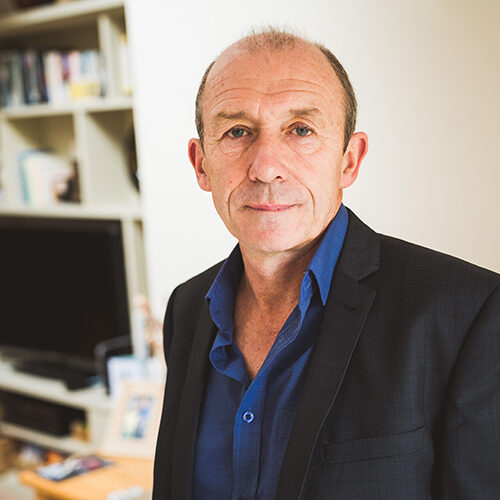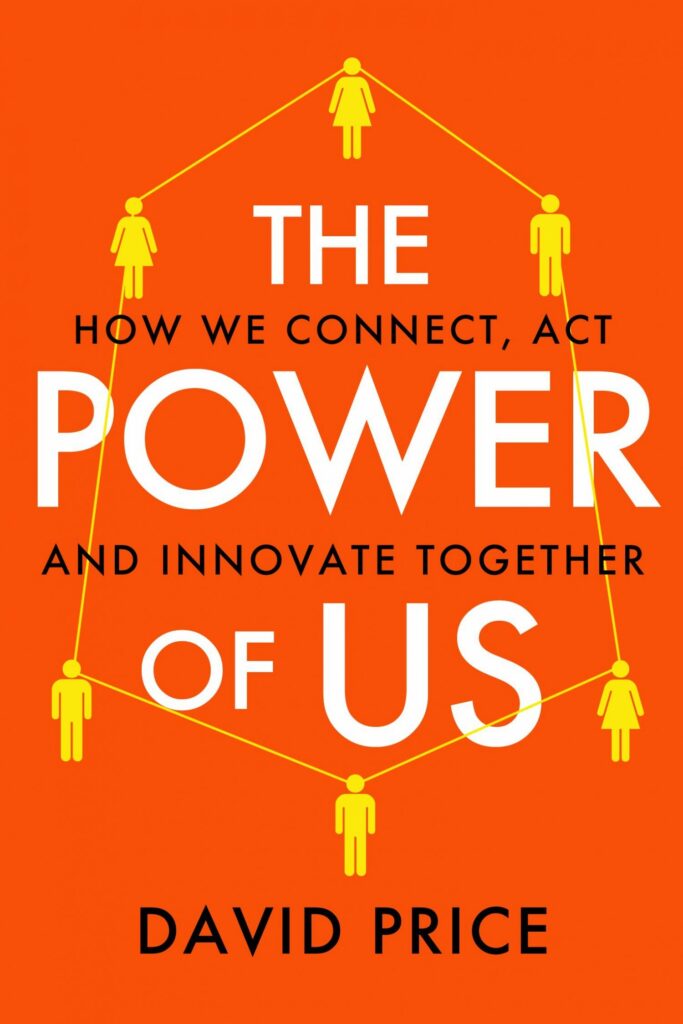Why I wrote the Power of Us, by David Price

As a writer, I’m driven to try to see patterns in the events surrounding us. We’re living in a time when trying to follow the news is like drinking from a firehose. So, making sense of the torrent of changes we’ve seen in recent years is tough enough for a detached observer. How much harder must it be for people trying to steer their organisations through such turbulence? Add a global pandemic into the mix, and I realised that I had to try to help leaders make some sense of it. This decision brought The Power of Us to life.
Where it began
The Power of Us is the result of a three-year journey around the world seeking out highly innovative organisations. How is it that some organisations – from corporations to high schools – were thriving through these challenges, while others seemed paralysed by inaction? The answer was that successful organisations cultivated people-powered innovation, enabling everyone to collaboratively work to figure things out and create new products and services. In my ‘other’ job, as a speaker and advisor, I often get asked ‘How do we make our people more innovative?’ The organisations featured in The Power of Us demonstrate that we don’t need to inflict or administer ingenuity upon people – we just need to nurture the mindset, operating system and culture that makes innovation an everyday occurrence.
There was, however, an even broader pattern emerging. It became obvious that during the three years of research, levels of public activism were rising sharply. Mass movements were not only spreading like wildfire, but they were also far more effective than such movements had been in the past. So, the ‘Us’ became the driving force behind the book. How have we gone from sharing cat videos on social media to organising global protests? When did we stop passively consuming and start peer-producing? Most importantly, what does it mean for how we put our world back together after COVID-19? In short, how can organisations truly harness the power of us?
How it helps us now
Our collective response to the pandemic provides all the evidence you need that we can demonstrate mass ingenuity at a speed and scale that was impossible just a few years ago. The challenge lies in, first, maintaining the momentum, and second, in creating the right social, cultural and functional environment that helps us be our most ingenious, creative, selves. The practical strategies I’ve put forward in the book can be adapted by individuals and organisations alike. Most of all, I hope we can support the mass ingenuity that is already evident in our young people. Because they’ll have to fix the enormous challenges still to come over the next couple of decades.
It’s hard to be optimistic when times are so tough. But I hope that The Power of Us reminds us – and those who lead us – that ordinary people can achieve extraordinary things when they work together to make the world a better place in which to live.
The Power of Us
David Price
Go behind the scenes of some of the world’s most innovative organisations harnessing the power of collaboration and diverse thinking to effect real change.
-
Ebook
-
Audiobook
-
Paperback

